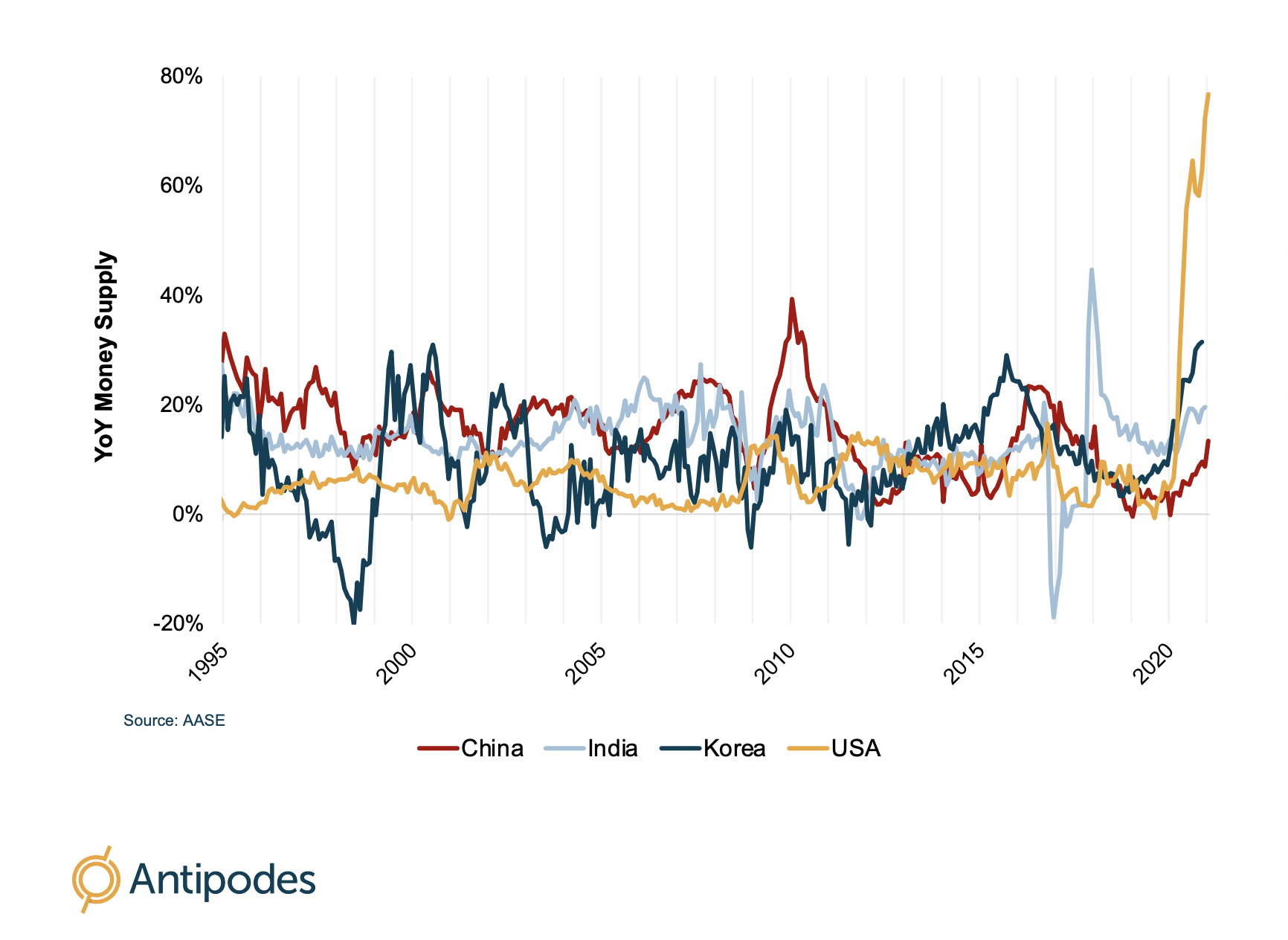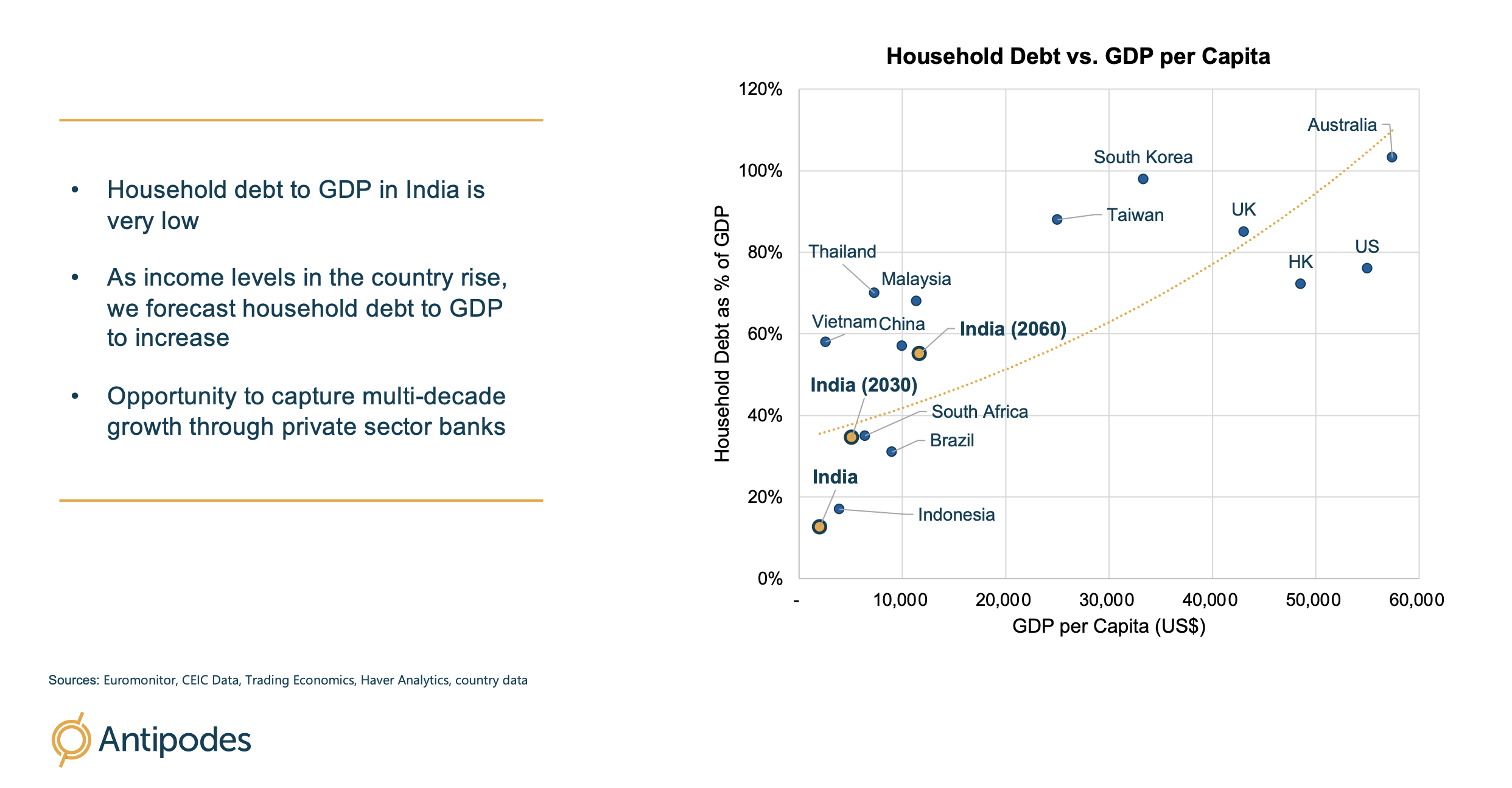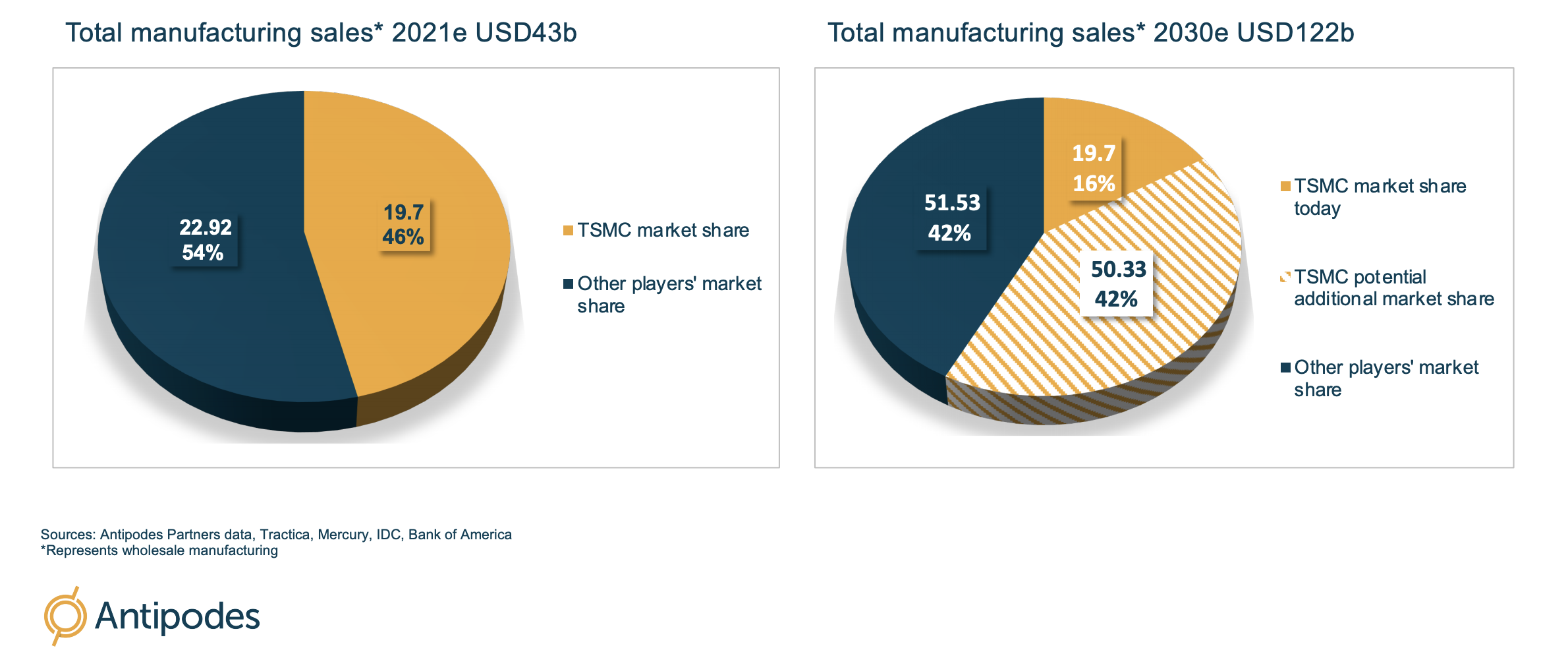3 reasons why Asia can no longer be ignored
.jpg)
Antipodes
The term "Asian Century" entered common usage in the 1980s, as a way of describing the region's anticipated economic dominance in the 21st century. But with the Asian Financial Crisis of 1997, the 2008 Financial Crisis and most recently COVID-19, investors could be forgiven for ignoring exposure to what has continued to be the fastest-growing region on the planet.
However, exposure to Asia can no longer be ignored. Continued strong economic growth, even in the face of severe stress-tests, leaves the region positioned for its much-anticipated period of market leadership.
Unflappable China
With regards to stress-tests, COVID-19 has been the ultimate. China was initially the epicentre, the human toll devasting as the country went into hard lockdowns.
But now on the other side, against a global backdrop of extraordinary money creation in response to the virus, the fiscal and monetary response in China and other major Asian economies has been far more frugal. Year-on-year money supply data highlighted below, best illustrates this.

Getting through this health crisis without excessive use of monetary or fiscal levers is significant and something investors should not understate.
In China, economic data indicates the nation is currently well ahead of many other major economies. Chinese GDP grew by 6.5% in Q4 2020 and incredibly registered positive growth for the year, despite the turmoil.
This continued and rapid normalisation accelerates the structural economic shift that has been underway in China since the turn of the century. This is a shift from an export driven economy to a consumption driven economy.
Domestic consumption in China is an extraordinary multi-year investment opportunity. We see the two most important components of the consumption economy as the emerging lower and middle class and the premium class.
With an income per capita of around US$6000, the emerging class is a population pool of around one billion.
The premium consumer is an opportunity often under-appreciated. It’s a population pool of around 340 million – the same size as the US. With income per capita of around US$16,000 per annum, this Chinese consumer class is growing at a compound annual growth rate of 15%.
We think it’s important to build portfolio exposure at both ends of the consumption pendulum. Examples of stocks we own offering exposure to the middle class include Yum China (China's leading quick-service restaurant franchise which operates brands including KFC and Pizza Hut) and Tencent (owner of WeChat and WePay).
Holdings providing exposure to premium consumption include Wuliangye (premium alcohol producer) and JD.com (e-commerce).
India rising
With so much attention on the rise of China, many investors often overlook India. We think India’s household income will rise significantly in the coming decades, and are particularly drawn to the country’s ratio of household debt-to-GDP.

You can see above, household debt is significantly below where it should be, even for the low level of income
India’s middle-class is the largest in the world, followed by China. However, the Chinese middle class has double the income. As incomes rise, so will household debt to GDP and this is a major opportunity that leads us to India’s private banking system.
HDFC Bank provides robust exposure. It has market share dominance – one in every three credit cards that an Indian has is with HDFC. ICIC Bank is another opportunity for exposure to this growth.
Regional tech dominance
While Asia was traditionally associated with low-tech manufacturing, this has transformed in many parts to leadership in high-tech manufacturing - supporting not just the major Asian economies but promoting regional interdependence too.
Some of the most powerful and enterprising technology companies in the world can be found in Asia. The most exciting sector for us is the hardware that enables the world’s computers, smart phones and next generation technology.
The market for outsourced manufacturing of high-performance computer chips is dominated by two Asia-based Companies, Taiwan Semiconductor Manufacturing Company (TSMC) (Taiwan) and Samsung Electronics (South Korea).

Today's computing power is exponentially higher than 25 years ago when many of us got our first desktop computer. Technology advancement isn’t stopping and new use cases in areas such as autonomous driving and AI continue to grow. We think manufacturing sales of semiconductors can rise from US$40 billion today to above US$120 billion in 2030 – a tripling of the market size.
The shaded area on the right-hand side of the chart above shows the opportunity up for grabs over the coming decades for TSMC, with barriers to entry to this space being enormous. The fact Intel recently pulled the pin on leading-edge semiconductor manufacturing is telling of the difficultly involved.
TSMC chips power the likes of Apple, Marvel and Qualcomm. The company finds itself in an extraordinarily powerful position from both a commercial and political perspective as the global arms race for semiconductors continues to ramp up.
2021 is the time for Asian equity exposure
This article touches on just a small number of major themes in what has become an eclectic and diverse continent for investors. There are many areas beyond consumption and tech we’re building exposure to - and areas we’re avoiding.
Asia can at times be a volatile region, but this shouldn’t put off long-term investors. For a smoother Asian investment journey, investors should ensure they’re getting uncorrelated diversity across sectors and the necessary safety nets. Short positions provide additional stability in areas of the market we believe appear vulnerable or have too much disruption or too much growth priced in.
But ultimately, with so much attention on the western big-tech ‘high-flyers’, we think the highest-quality Asian equities remain significantly undervalued in the market today. 2021 is the time to act to ensure you don’t miss the opportunity that is the Asian Century.
Discover more about investing in Asia
Visit the Antipodes Partners Asia Fund website or click the contact button below to speak to the team. Remember to follow Sunny for future articles and videos.
2 topics
1 contributor mentioned
.jpg)
Expertise
.jpg)
.jpg)